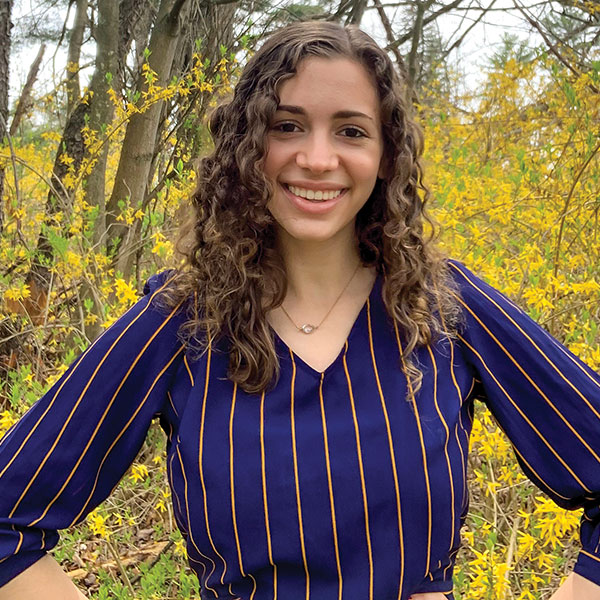Jan. 7, 2022
Viewpoint is Planning's op-ed column. The views expressed here are the author's own and do not necessarily reflect those of the magazine or the American Planning Association. Please send column ideas to lnieman@planning.org.
Learning how to plan communities during a pandemic has wholly reshaped my understanding of the responsibilities of the planning profession. Though the pandemic has been a globally experienced crisis, various factors have accounted for disparate experiences in the U.S., many of which stem from planning and policy decisions.

Alena Firestone is a student member of PHEAL's steering committee and a junior at Temple University, where she is pursuing a bachelor of science in community development with an accelerated master of science in city and regional planning. Image courtesy of Alena Firestone.
A 2020 study published in JAMA Network Open, the American Medical Association's academic journal, supports this notion. According to data from a variety of large American cities, the COVID-19 infection rate in higher-poverty counties with substantially non-white populations was nearly eight times that of substantially white areas. The death rate, too, was more than nine times greater. Research gathered last year by the National Community Reinvestment Coalition also finds that formerly redlined areas have higher rates of asthma, diabetes, and other comorbidities, making those residents even more vulnerable to the virus.
Confronted with these realities in the numbers, on the news, and in my hometown, I became increasingly aware of the direct ways social determinants threaten equal access to good health. What I always considered separate issues to tackle — public health and community development — were proving themselves intrinsically intertwined. Fundamentally, health disparities are a planning issue, and planners need to take a more active role in addressing them.
This realization drove me to get involved in PHEAL, or Planning for Health Equity, Advocacy, and Leadership. Founded in March 2020 by Miguel Vázquez, a healthy communities planner in Riverside, California, the organization has pulled together a national network of about 80 health officials, community leaders, planners, architects, educators, and others dedicated to advancing health equity. The onomatopoeia of the acronym was intentionally created to highlight an empathetic, community-oriented approach, calling for planners to feel, not just execute, their work.
PHEAL's Guiding Principles offer a comprehensive roadmap to health-oriented planning under three large umbrellas: community health and regeneration, community-based advocacy, and healing through leadership. The principles aim to serve as a blueprint to center health equity in planning and community development.
We're also discussing how to encourage the adoption of these principles in planning curricula. With Jaime Fearer, AICP, health impact policy and practice analyst at Washington, DC's department of health, and Dr. Mariela Alfonzo, the CEO of State of Place, an urban design data and predictive analytics software company, I'm helping to create an education and mentorship subcommittee to explore ways to engage other young and aspiring planners in the effort to advance health equity. I am excited to grow alongside the PHEAL initiative while I study community development and city and regional planning — and begin what I hope will be a catalytic process of engaging up-and-coming leaders in shaping the planning field to address the concerns of a post-pandemic society.
The pandemic has pulled back the curtain on many of the disparities that impact public health. As planners, we must be eager and anxious to address them. It is up to everyone responsible for the well-being of our communities to ensure that the painful lessons of this crisis are not taken for granted — or forgotten. I hope we all approach this new version of our world actively and collaboratively, taking advantage of the opportunities we are given to change narratives and shift directions.




